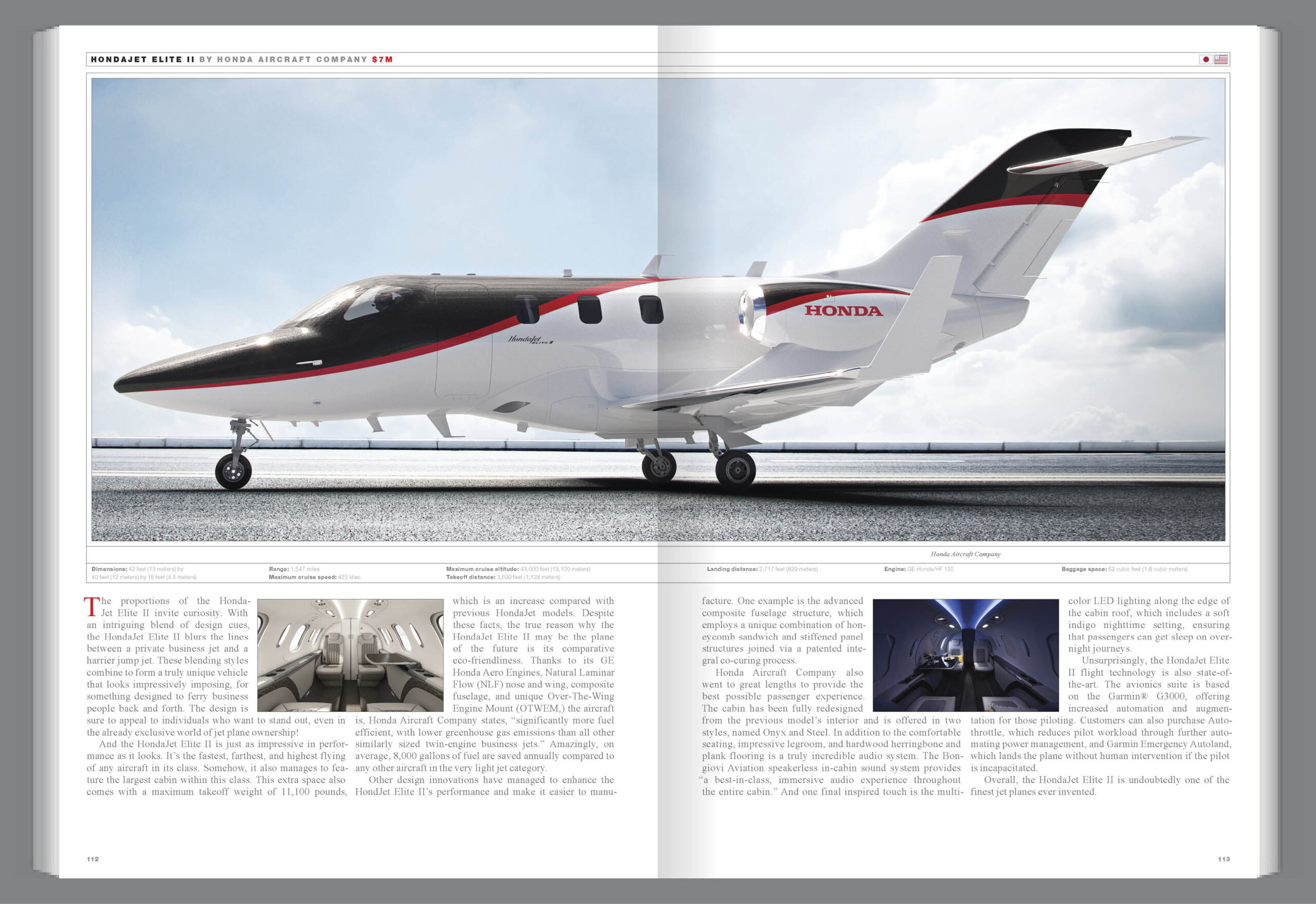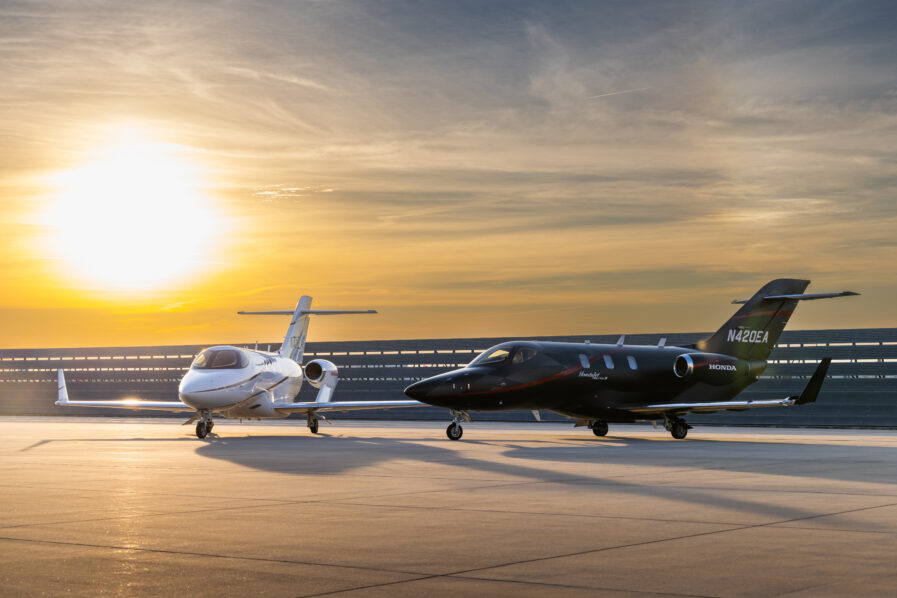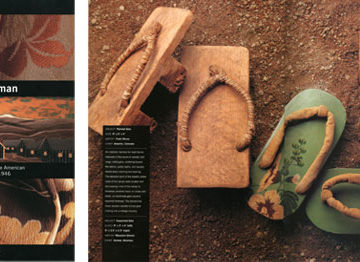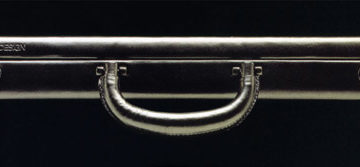Embark on this journey of exploration and innovation as we pierce the stratosphere of elite aviation with the HondaJet Elite II by Honda Aircraft Company. This rare fusion of aerodynamics and aesthetics doesn’t just challenge the vanilla blueprints of private jets but skyrockets performance and sustainability standards in its league. Buckle up your virtual seatbelts and preflight your excitement for a tour of this paradigm-shifting aircraft that is rewriting the flight plan of private aviation.
By: Maxim Sorokopud






